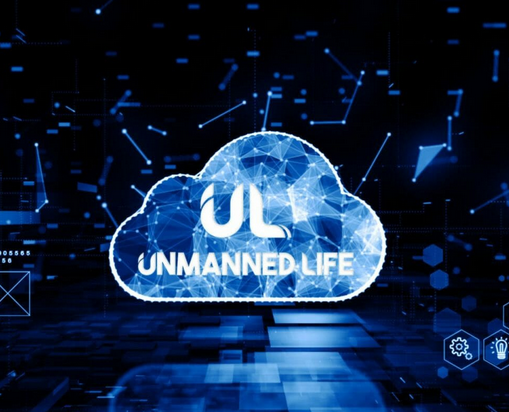LangChain
Like SK, LangChain is another open-source SDK application development framework and toolkit for building modern AI applications with LLMs. It provides out-of-the-box libraries and templates to develop, productionalize, and deploy your applications.
LangChain revolves around the concept of “chaining”
A distinctive feature of LangChain is its use of “chains ,” setting it apart from SK, which is centered around a kernel, as previously discussed. In LangChain, the output from one component serves as the input for the next, allowing elements such as prompts, models, and parsers to be connected in sequence before activation. Developers can harness LangChain to assemble new prompt chains, enabling the integration of multiple LLMs in a sequential manner, where the output from one LLM feeds into the next; hence, the term LangChain. Additionally, LangChain includes features that permit LLMs to incorporate new datasets without requiring retraining, similar to SK.
Benefits for app developers
We have mentioned a few of the myriad benefits that LangChain provides in the following list:
- Link LLMs with data sources: Finally, LangChain provides AI developers with tools to link language models with any data sources. It consists of different types of parsers and document loader functionalities that help connect to any data source seamlessly.
- Simplifies RAG implementations: Development teams can build complex applications that access internal company information and data to improve model responses. In other words, you can create a retrieval-augmented generation (RAG) workflow that adds context information to the language model during prompting. As you learned in Chapter 4, using context-aware workflows, such as RAG, reduces model errors and improves response quality.
- Accelerates development with libraries and templates: Developers customize sequences to build complex applications easily. Instead of coding business logic, software teams can modify existing templates and libraries that LangChain provides to reduce development time.
While both Semantic Kernel and LangChain are open source and free to use, LangChain is more widely used at the time of this writing, and LangChain does offer more compatibility with many open source models available on public model repositories, such as Hugging Face. On the flip side, based on the experience and testing by some using real-world applications, Semantic Kernel performs much better in large-scale business applications. We are not suggesting using one service over the other, but understanding that each framework has its benefits and some drawbacks is useful. Both are equally critical in your journey of creating the next-generation generative AI apps.
If you would like to get more details on LangChain and the plethora of benefits it provides to developers, we suggest checking out the following links:
- langchain-ai/langchain: Building applications with LLMs through composability (github.com) – https://github.com/langchain-ai/langchain
- https://python.langchain.com/docs/expression_language/get_started/
